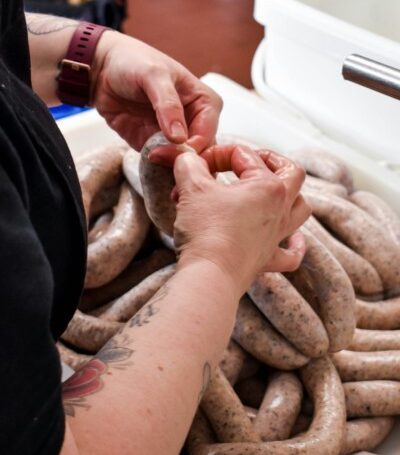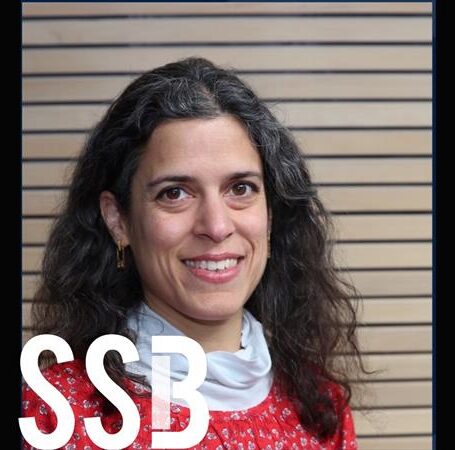Social Inequality Examined Via Soda Consumption Among Youth
P. Christopher Palmedo, a clinical professor of community health and social sciences at the City University of New York, discusses “Exploring Countermarketing Messages to Reduce Youth Sugar-Sweetened Beverage Consumption in The Bronx, NY,” which he, Samantha Flores, Kalya Castillo, Moria Byrne-Zaaloff and Kelly Moltzen saw published in Social Marketing Quarterly.
I am concerned about the role unhealthy food marketing plays in the health of our children and youth. People who grow up in privilege tend to have strong networks that can steer them away from ultra-processed food and drinks, but these networks are not as strong in lower-income communities where there are fewer opportunities for good nutrition throughout the day. My colleagues and I spoke with Bronx teens to problem-solve ways to help them and their friends drink less soda and more water.

We see heavy marketing of sugary drinks in New York City communities that already contend with higher rates of diabetes, heart disease, liver disease and obesity. This is a social injustice that prevents kids from achieving their fullest potential. Soda is so detrimental to health that we are looking for messages that will work to dissuade children from drinking it. We’re not afraid to explore anti-industry messages, but we’re also not committed to those kinds of messages if they’re not effective. In this case, the health effects seemed to be the most effective message frame.
I probably shouldn’t have been surprised, but I didn’t expect these kids to be so knowledgeable, and interested in health, marketing and the social factors that influence unequal health outcomes in America. The kids essentially told us to give it to them straight, but they also reminded us how important it is for their generation to be cool. This is why peer-to-peer engagement needs to be incorporated to the extent possible, so friends are telling friends that it’s cool to stay healthy.
Unfortunately, the deck is stacked against lower-income kids eating healthy foods and drinking only water the way rich kids tend to do in this country, but I hope my research builds upon the work of others who work tirelessly to help make healthy choices the easier choices for children everywhere.
One reason the deck is stacked is that there is such little money available to educate kids on ultra-processed foods and sugary drinks, but it’s so important to help them avoid suer-sweetened beverage-triggered diabetes, obesity and heart disease. This is about the health of future generations and it seems to me there should be more political will to do this.
There’s so much research being conducted. I like to follow the work of Vivica Kraak at Virginia Tech, Jennifer Falbe at UC Davis, Jim Krieger at Healthy Food America and the Rudd Center at U Conn, to name a few.





































































































